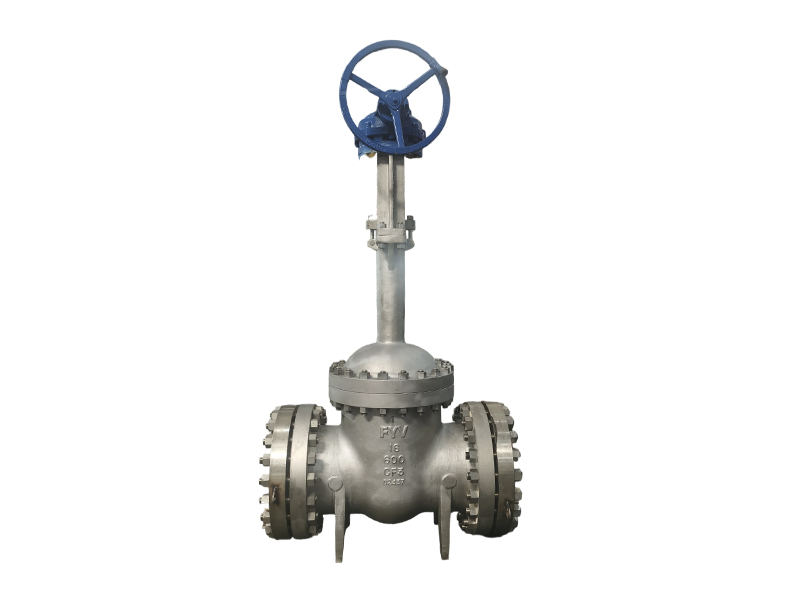2025-06-16
The life test of solenoid operated gate valve is designed to evaluate the valve's durability and operational reliability over extended periods and numerous cycles. This test simulates the actual working environment to ensure the valve can withstand repeated opening and closing actions without failure or significant degradation.

Solenoid operated gate valves use an electromagnetic solenoid to control the movement of the gate, allowing or blocking fluid flow. The life test primarily focuses on the actuator mechanism and the gate's sealing components, both of which are subject to wear and tear over time.
The testing procedure involves cycling the valve through a predetermined number of open and close operations—often ranging from thousands to tens of thousands of cycles—under controlled conditions. During the test, parameters such as response time, leakage rates, electrical performance of the solenoid, and mechanical integrity are closely monitored.
One critical aspect of the life test is detecting any decline in sealing efficiency. Even minor leaks can compromise the valve's functionality and the safety of the system it serves. Additionally, the solenoid coil is assessed for consistent electromagnetic performance to ensure reliable actuation.
Data collected during the life test helps manufacturers predict valve lifespan, schedule maintenance, and improve design. The test also guarantees that the valve meets industry standards for durability and safety, providing confidence to end-users in applications ranging from water treatment to chemical processing.
Pressure Test of Fuel Butterfly Valve
The pressure test of fuel butterfly valve is a fundamental procedure to verify the valve's ability to maintain integrity and performance under high-pressure conditions typical of fuel systems. Butterfly valves control fluid flow by rotating a disc within the pipe, and in fuel applications, the valve must withstand pressure fluctuations without leakage or structural failure.
This pressure test involves subjecting the fuel butterfly valve to pressures that exceed normal operating conditions, often referred to as hydrostatic or pneumatic testing. The goal is to ensure the valve body, disc, seals, and stem can resist deformation, leaks, or damage when exposed to high pressures.
Typically, the valve is installed in a test rig where water or another suitable test medium is pressurized against the closed valve. The pressure is gradually increased to a specified test value, often 1.5 to 2 times the operating pressure, and held steady for a designated period.
Throughout the test, the valve is examined for any signs of leakage through the seat, body joints, or stem seals. Visual inspections and pressure monitoring instruments detect any drop in pressure or fluid seepage. Additionally, the mechanical stability of the valve components is evaluated to identify any deformation or weakness.
Successful pressure testing confirms the valve's sealing capabilities and structural integrity, ensuring safe operation in fuel delivery systems. It also helps detect manufacturing defects or material weaknesses before the valve is installed in critical applications.
Both the life test of solenoid operated gate valve and the pressure test of fuel butterfly valve are essential for ensuring the reliability, safety, and efficiency of these valves in their respective applications. The life test provides valuable insights into the valve's long-term performance, particularly its sealing durability and actuator reliability. Meanwhile, the pressure test guarantees that fuel butterfly valves can withstand demanding pressure conditions without compromising safety or function.